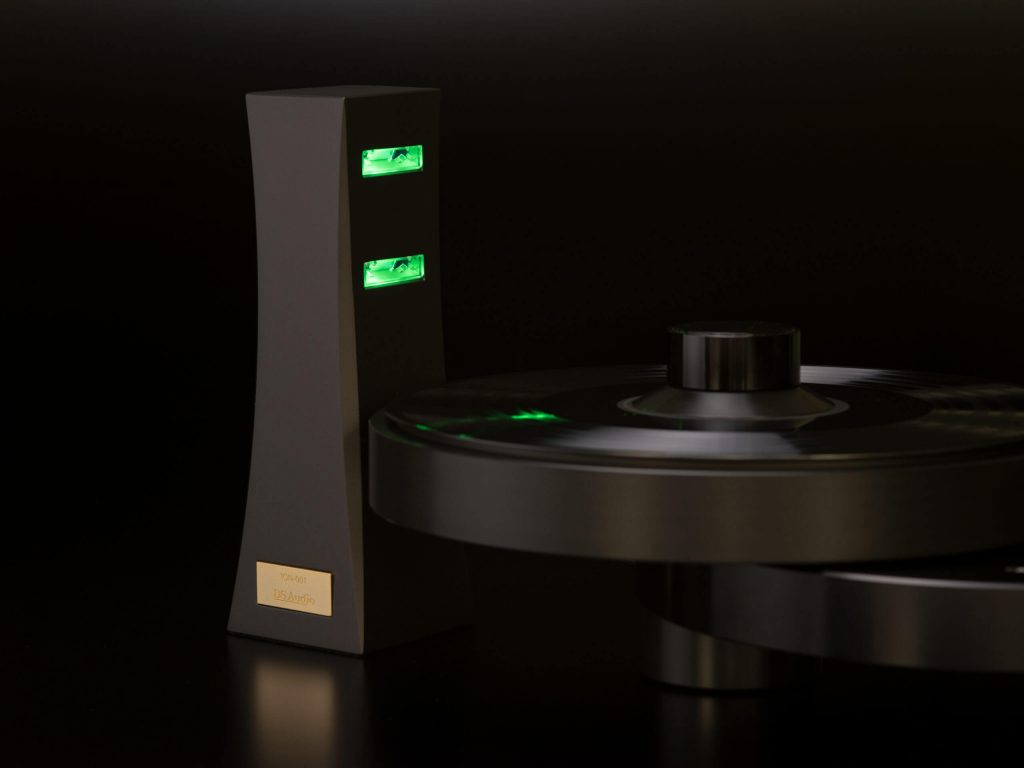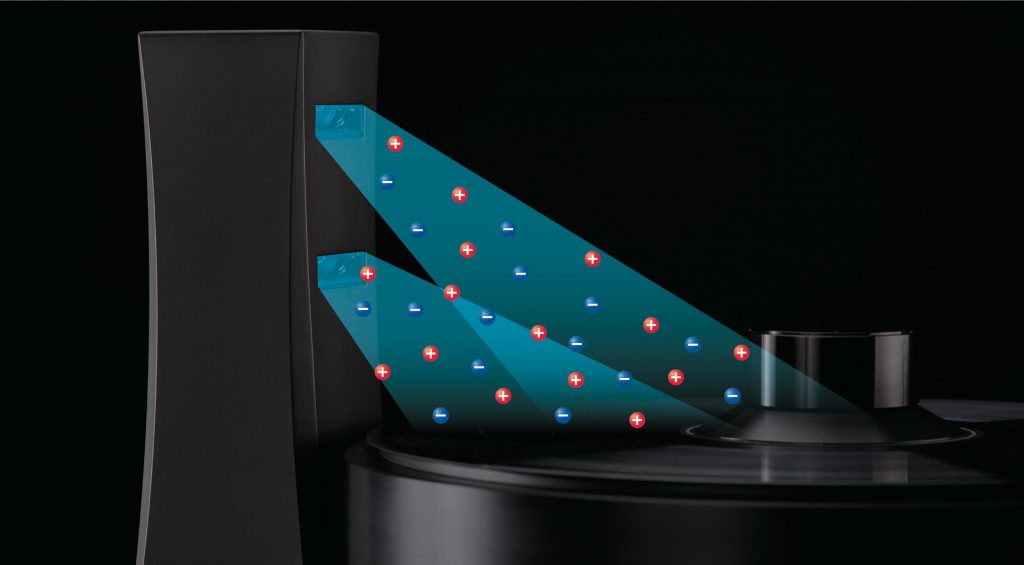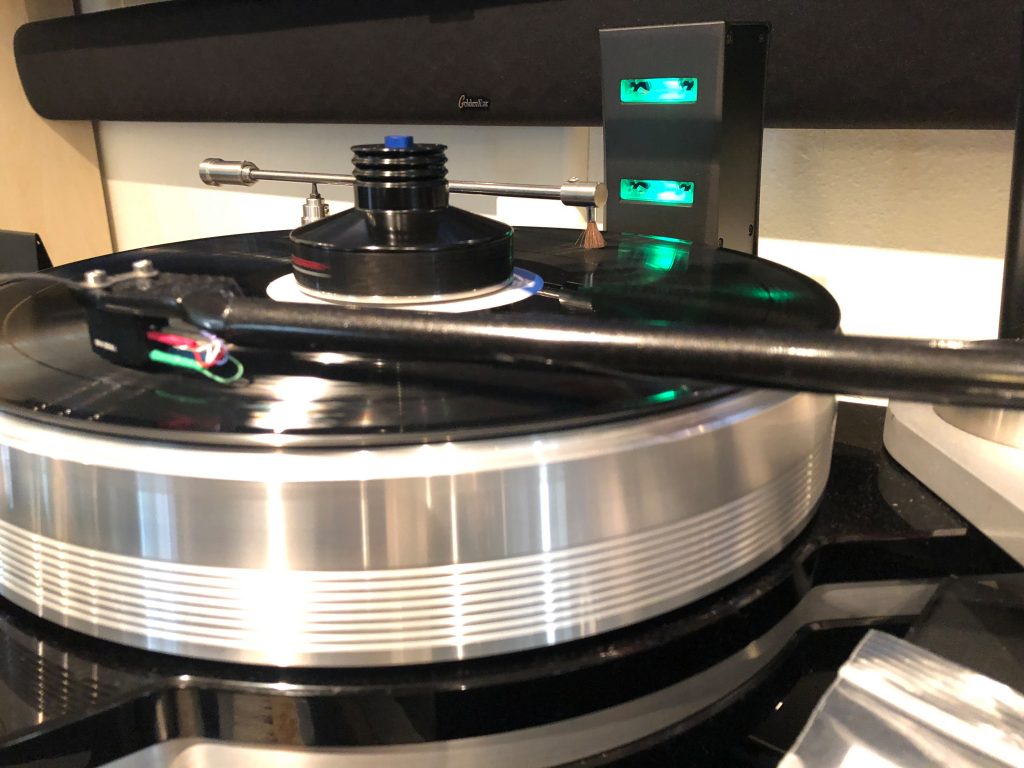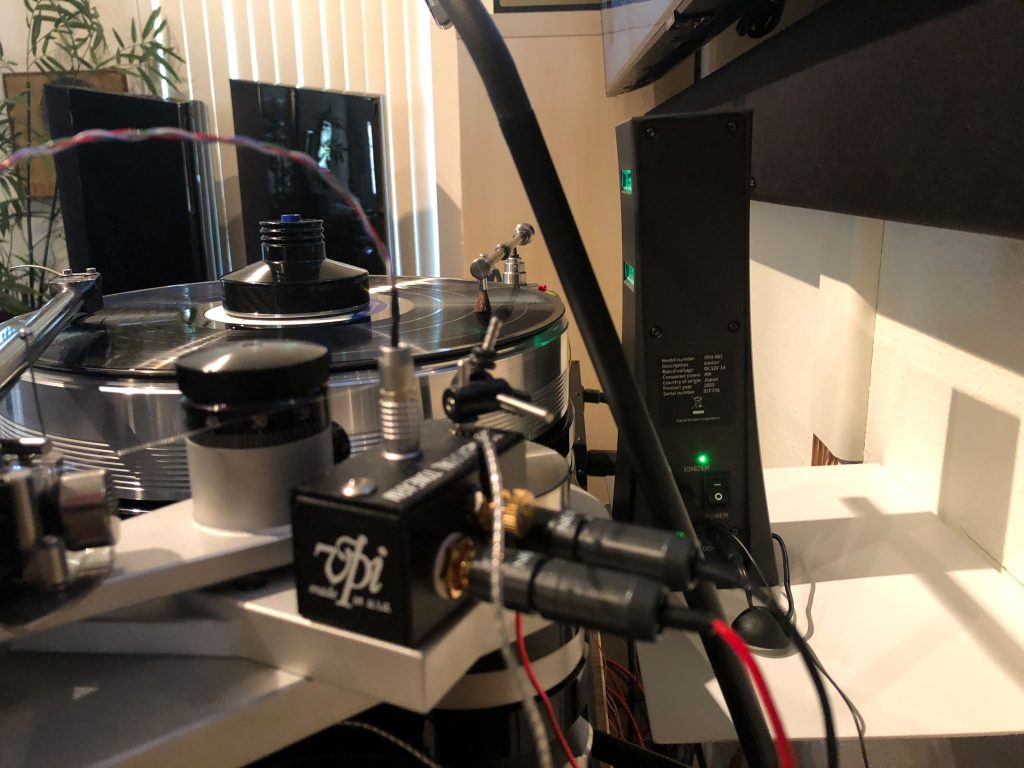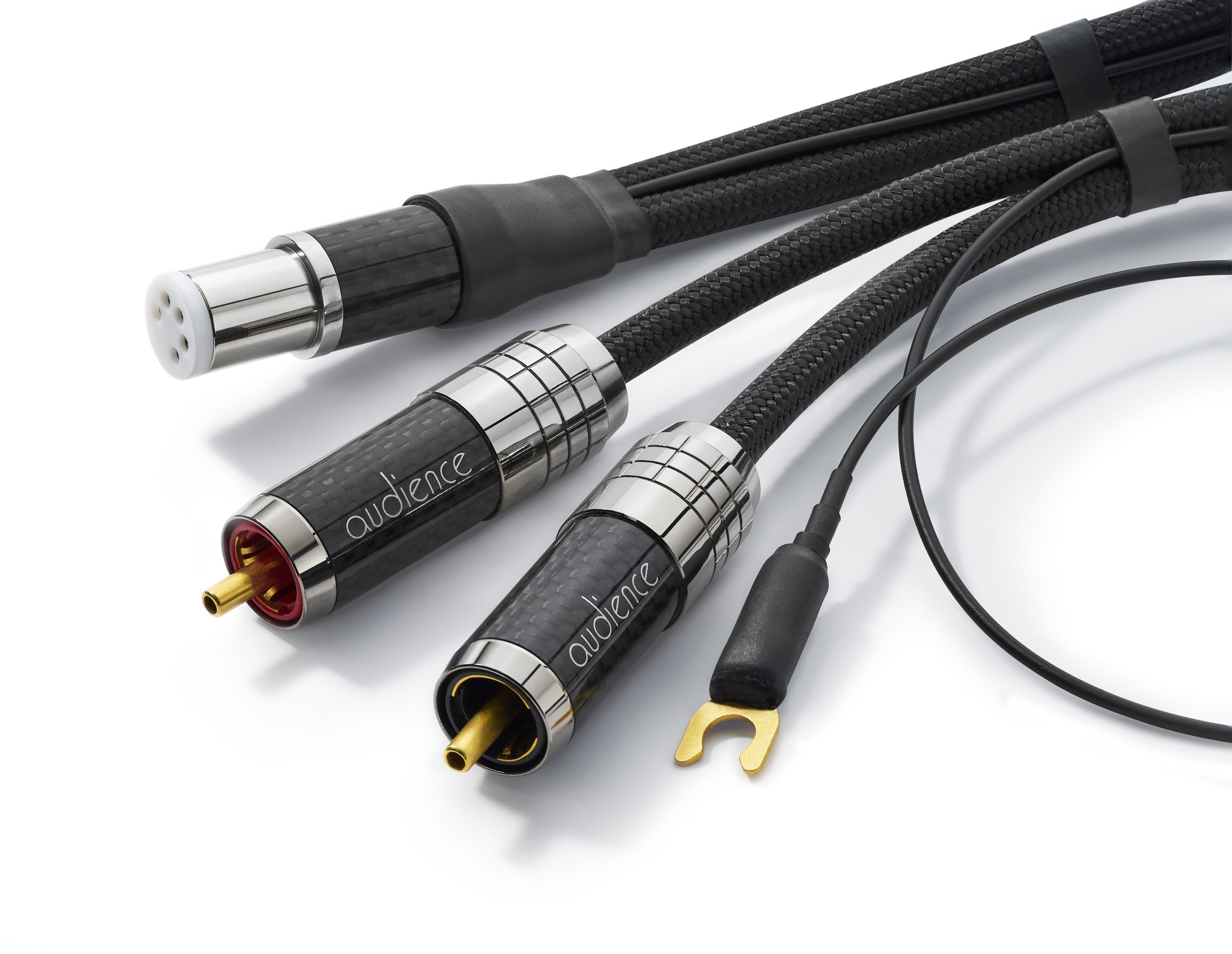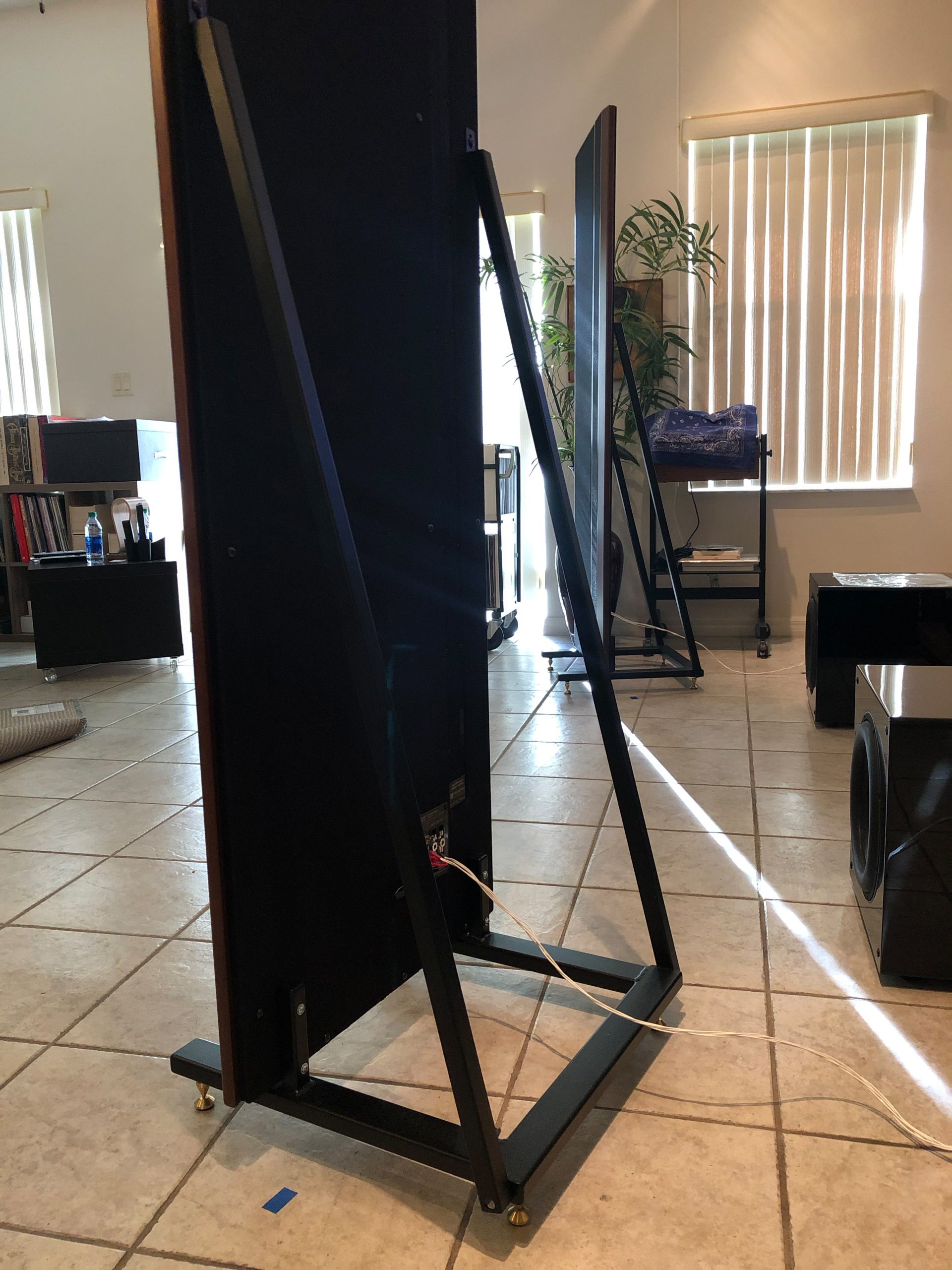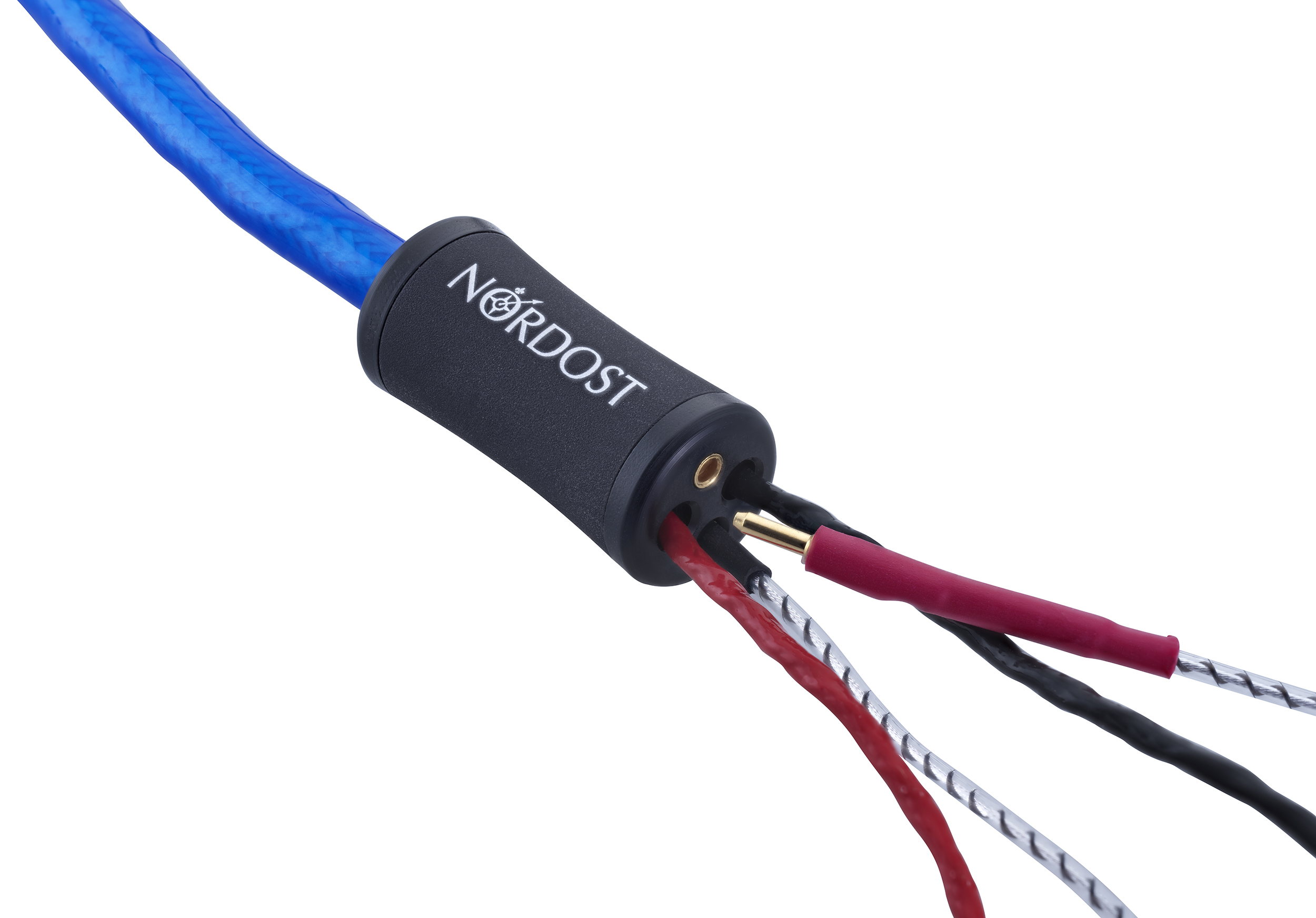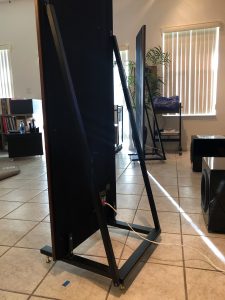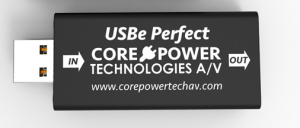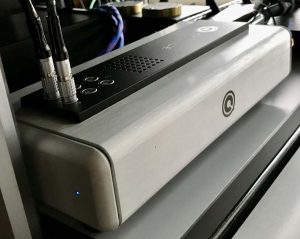Static electricity, the dreaded bane of vinyl lovers the world over. It doesn't matter were you live or what climate you find yourself in, static electricity is an issue for anyone spinning records. There are essentially three culprits contributing to the progressive build up of static during vinyl playback: the first is the simple act of removing an LP from its jacket, the second is stylus drag, and the third is the static produced by turntable platter rotation. Note the crackling sound when removing records from the platter. As you play a record static increases, few platters are immune whether metal, acrylic or otherwise.
The obvious negative effects of static electricity are the distracting pops and clicks we all try to mitigate using a variety of tools and methods. Less obvious though, and potentially a bigger issue, is the increased noise floor static electricity can introduce into the analog signal path. In other words, even when you're not plagued by annoying pops and clicks, static electricity is likely still lurking in the background increasing your noise floor, masking musical information and details.
There are a plethora of tools available to help fight static electricity, each with varying degrees of effectiveness. In this reviewer's opinion many get you a good part of the way there, but none completely eliminate the problem. I've tested various anti-static brushes, anti-static guns, grounded brushes, static draining mats, and anti-static arm wands, see my review of IntegrityHiFi's TruSweep HERE.
All of these tools do an acceptable, but incomplete job of reducing static and dust. Most, save for Integrity HIFI's TruSweep and Levin Design's Vinyl Sandwich Mat, are fairly inexpensive to try. As good as they are none of the aforementioned solutions can claim 100% effectiveness at eliminating static electricity. Don't get me wrong I still love TruSweep's grounded design and its ability to remove dust before it interacts with my stylus.
Japanese manufacturer DS Audio's new Vinyl Ionizer ION-001 parts company with the crowded field by delivering a game changing, nearly 100% effective anti-static solution. Operating silently via a fan-less design, the Vinyl Ionizer ION-001 emits positive and negative ions across a record's surface thereby eliminating virtually all static electricity. Seven inches tall, slim and futuristic in appearance, the Vinyl Ionizer ION-001 is comprised of four ionizers, two for positive ions, and two for negative, stacked one on top of the other in two rectangular ports designed to face your turntable's platter. The device needs to be positioned as close to your turntable's platter as possible for optimal performance. Because static build-up increases as you play a record, "bathing" the spinning turntable in positive and negative Ions virtually eliminates all static. From what I'm told, some find the Ionizer similar, though more effective than LP demagnetizers like the Furutech. That said, I have not personally compared the two.
The ionizer ports also contain built in green LED lights used to indicate whether the unit is powered on or off. A rheostat dimmer dial located on the side of the unit next to the power switch allows the LED brightness to be adjusted as desired. This power indication feature is important, as the Vinyl Ionizer ION-001's mechanism has a 10,000 hour half-life. Keep in mind it takes about 10 years with 3 hours a day of playback to reach 10,000 hours. That said, to assure the longest life possible for the Vinyl Ionizer ION-001 you will only want it powered on only when playing records.
Turntables with a taller profile, like the VPI Avenger in my reference system, may necessitate the use of a riser or makeshift platform underneath the Vinyl Ionizer ION-001 to reach the recommended operating height. You will also need space on your plinth to accommodate the Ionizer's approximately 3.0" x 3.5" inch footprint. Using the Ionizer with the Avenger required a workaround, as this table has no plinth space to speak of, and is too tall for Ionizer's 7" tall stature. I installed a small floating metal shelf on the wall behind the turntable which allowed me to position the Ionizer at the optimal height and distance relative to the platter. The bottom of the units two ionizer ports needs to be about an inch above your turntable's platter. A handy placement guide is included to guide users in correctly positioning the Ionizer. This paper template fits over your turntable's spindle and illustrates the distance at which the Ionizer will be most effective. The devices ionic anti-static effect will still work outside the most optimal distance, but effectiveness diminishes the further away you get from the platter. Ideally the Ionizer should be as close to the platter as possible.
Despite its advanced technology, the Vinyl Ionizer ION-001 is simple to set up and operate, and is surprisingly effective. Simply position the unit at the recommend height and distance relative to the turntable's platter, plug in it, attach the included ground wire to a nearby ground lug (I used my Zesto Anderson 1.2 phonostage for this), turn it on, and start playing records. The results are immediately evident, records sound significantly quieter and more enjoyable, with pops and clicks largely gone. Flipping records ionized on one side resulted in substantially less static pull between the platter and vinyl. In my experience once both sides of an LP were ionized the album and platter were left completely static free. Albums easily lifted off the platter without any static pulling and without attracting dust.
I'll be the first to admit that DS Audio's Vinyl Ionizer ION-001 is a premium product with a premium price, and one likely intended for those with highly resolving, high dollar systems. While the cost is steep, I can report with complete confidence that the Vinyl Ionizer ION-001 is without a doubt the most effective anti-static device I have ever used. My vinyl playback has never sounded quieter, more revealing, and more enjoyable. Records are also dust free when returned to their jackets.
When contemplating DS Audio's Vinyl Ionizer ION-001's $1800 price tag, I think it is important to view it in the same context as a new component or cartridge. The impact it has on your analog front end will be much the same. The Vinyl Ionizer ION-001 represents an overall system enhancement for anyone spinning vinyl, one that will make everything from your records to your cartridge sound considerably quieter and more revealing. Under normal conditions cartridges typically have a 2000 hour, 2-year lifespan. Which means the Vinyl Ionizer ION-001's 10,000 half-life will likely carry you through five cartridges or 10 years of silent static free playback. When you do the math, 10 years of Ionizer use ends up costing $180 a year or $15 a month or approximately $.50 a day. Considering the above factors, the cost of the Vinyl Ionizer ION-001 becomes tenable.
If the cost is out of bounds for you, I get it. Please do not shoot the messenger and please don't show up at my house with pitchforks and torches!! I can state unequivocally DS Audio's Vinyl Ionizer ION-001 works as advertised providing static free vinyl playback. Whether its the right product for you is completely up to you, your system, and your budget. Recommended.
Vinyl Ionizer ION-001
Retail: $1800
DS Audio
Set up Video: https://youtu.be/P6wsavqnKwI
Demonstration Video: https://www.youtube.com/watch?v=DhbnCedoSsE




